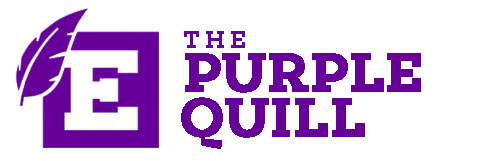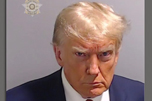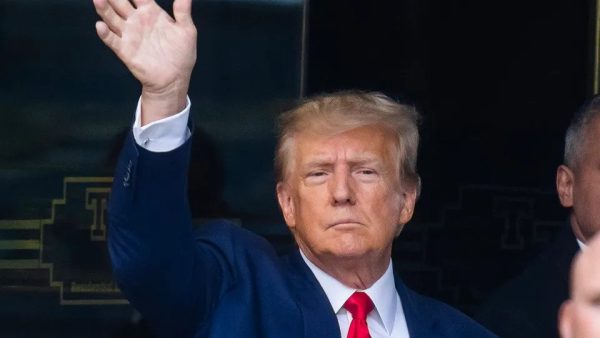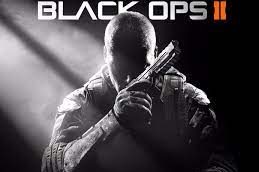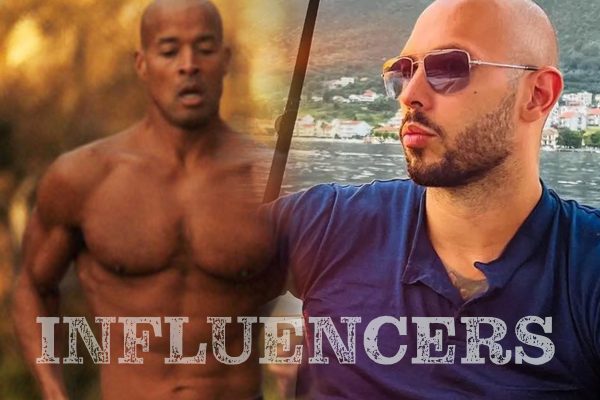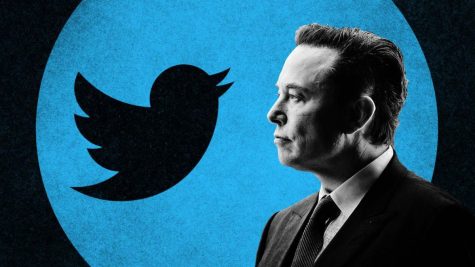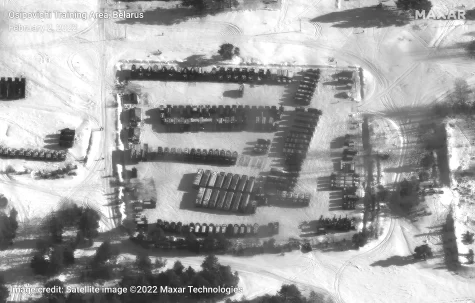Tensions remain high in revolutionary Ukraine
Fear of Crimean secession grows
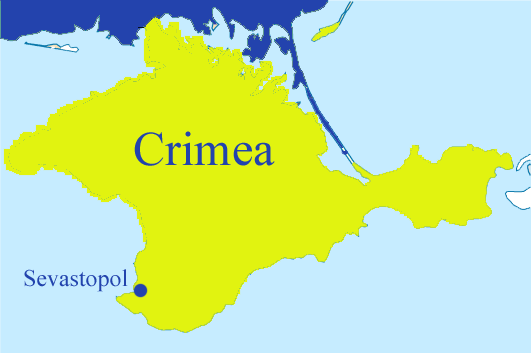
The Crimean region is a hotbed for secession in Ukraine.
In the days since Ukraine’s President Viktor Yanukovych fled the capital of Kiev, tensions are running high in the divided former Soviet republic. What began as peaceful protests three months ago have escalated into a revolution, with opposition protesters taking control of government buildings in the central and western regions.
Last week, violence between government police forces and opposition protesters led to at least 100 deaths and thousands injured. Most of the dead are protesters who have been killed by riot police using live ammunition. There were also reports of snipers firing on demonstrators.
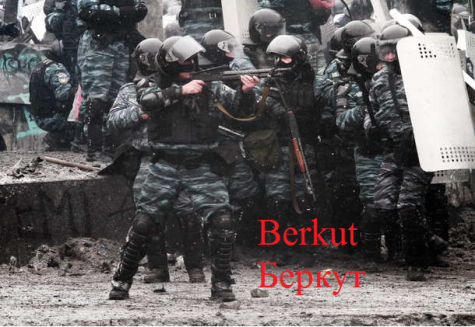
Friday, President Viktor Yanukovych signed a deal with the opposition to calm the violence. The next day, he fled the capital for the eastern city of Kharkiv. The Ukrainian Verkhovna Rada then elected Oleksandr Turchynov as interim president. Yanukovych is now wanted for mass murder and while he has vowed not to resign, he has taken refuge in Russia.
Though open fighting between protesters and police has mostly subsided, the political situation is becoming increasingly volatile. The country is still more divided than it has ever been since gaining independence from the Soviet Union in 1991 and a split seems likely.
In the predominantly Ukrainian-speaking west of the country, pro-European citizens are generally very supportive of the new government headed by Turchynov. In the mostly Russian-speaking south and east, people look at the new government with distrust, calling the revolution a coup by “fascists.” The eastern population, as well as the Russian government, remains supportive of the ousted President Viktor Yanukovych. There are now two men claiming to be president of the same vast nation, albeit one divided along cultural, linguistic, and political lines.
Russian Prime Minister Dmitry Medvedev has stated that Ukraine’s new government is not legitimate and that “masked and armed people are no partners for dialogue.” The Russian government also believes that the safety of Russians living in Ukraine is at risk.
Though the focal point of the crisis was originally Kiev, focus has shifted southward, to the Crimea. In the Crimea, there is growing talk of secession from Ukraine and joining Russia. Ukrainians and indigenous Crimean Tatar Muslims are vastly outnumbered by ethnic Russians in the Crimean Peninsula, which is the southernmost region of Ukraine.
Until 1954, Crimea was part of the Russian Soviet Federative Socialist Republic under the Soviet Union. That year, Soviet leader Nikita Krushchev gave the area to the Ukrainian Soviet Socialist Republic. After Ukraine’s independence from the USSR in 1991, there was talk of secession in the Crimea. Crimea did not secede, but it was given the status of the Autonomous Republic of Crimea within Ukraine.
20 years later, the secession of Crimea is a real possibility. There have been pro-Russian protests all over the large peninsula, including clashes with Crimean Tatar activists. On February 24th, Sevastopol’s city council appointed Alexei Chaliy, a Russian citizen, as mayor. The Ukrainian flag at the Sevastopol city hall was then replaced by a Russian flag. On the 27th, it was reported that over 30 Russian-speaking armed men seized the Crimean government headquarters and parliament in the city of Simferopol.
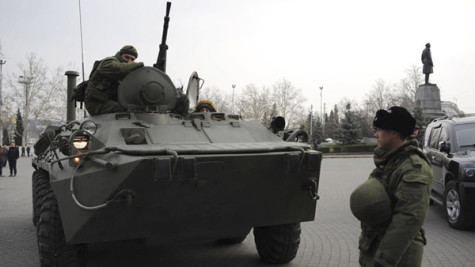
In the words of a pro-Russian protester at the Crimean parliament, “We have our own constitution, Crimea is autonomous. The government in Kiev are fascists, and what they’re doing is illegal … We need to show our support for the guys inside (parliament). Power should be ours.”
In response to the standoff, interim president Turchynov said, “I have given orders to the military to use all methods necessary to protect the citizens, punish the criminals, and to free the buildings.”
Ever since the end of the breakup of the Soviet Union, the Russian Navy has maintained a naval base at the port of Sevastopol. The base is home to thousands of soldiers as well as the Russian Navy’s Black Sea Fleet. In the event of war, Russia can take over Crimea from the inside with its forces already present in the region. Russian President Vladimir Putin has put the Russian military on alert and has mobilized 150,000 soldiers in an exercise near Russia’s border with Ukraine.
As tensions escalate in Crimea, it is unclear what course events may take. Until a clear solution is found, the world must watch and hold its breath as a young Ukrainian government takes on the immense Russian Federation.
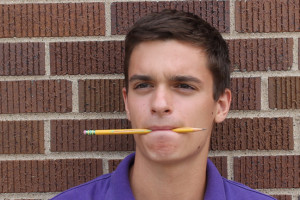
Nicholas Rackers '15 started writing for The Quill as Assistant News Editor in the fall of 2013. The Purple Quill is not the only activity the 2011 St....



